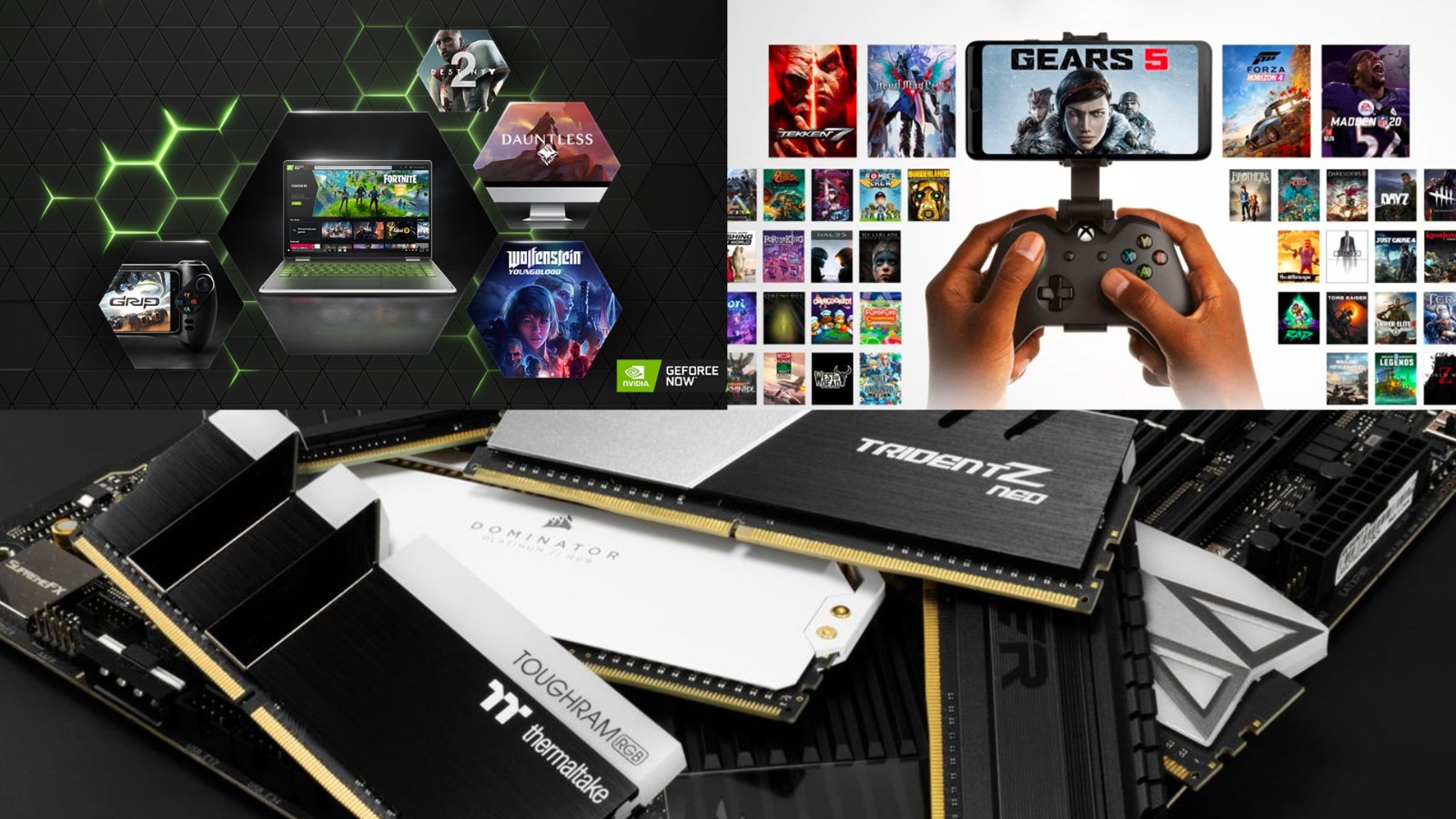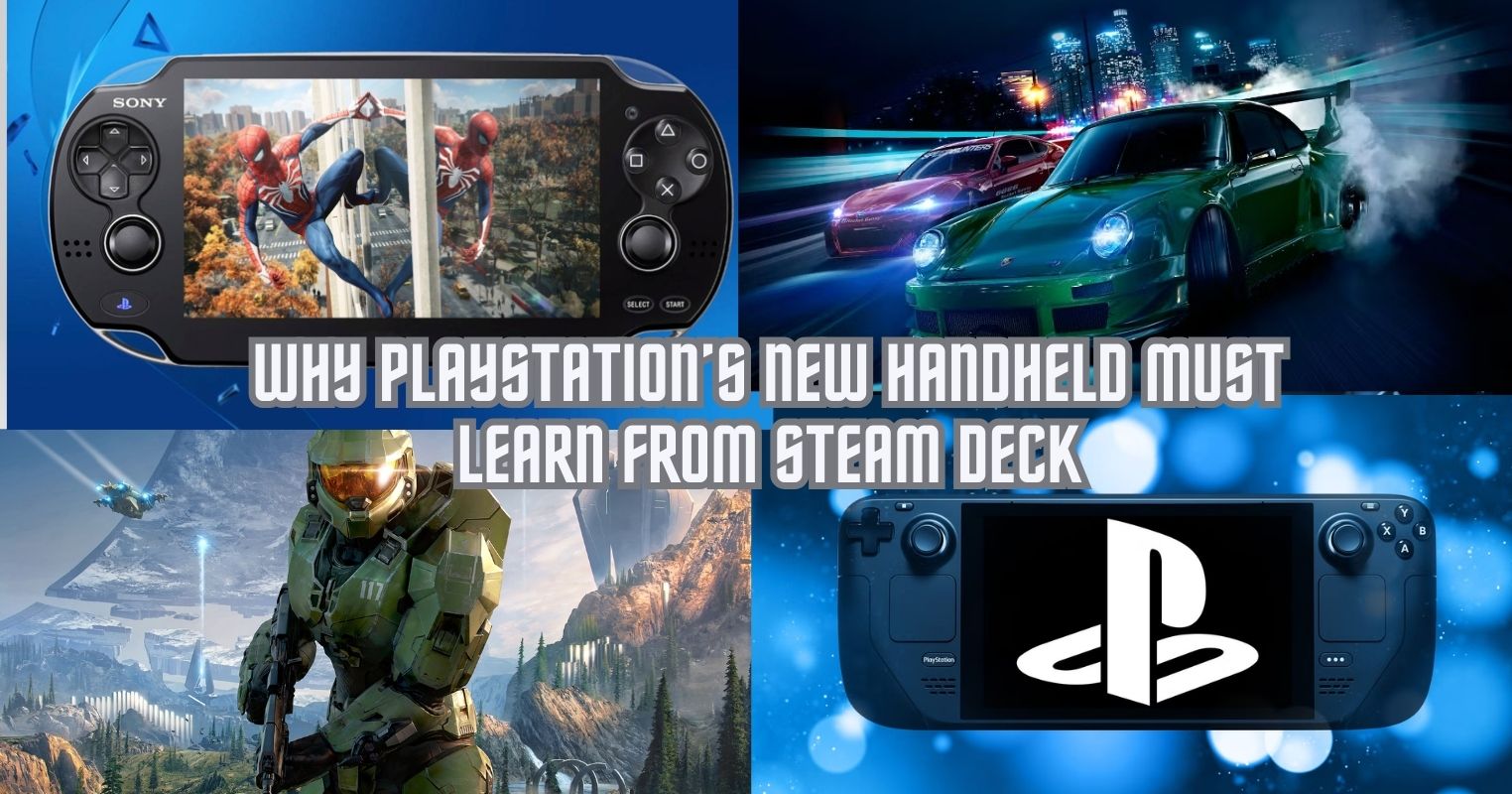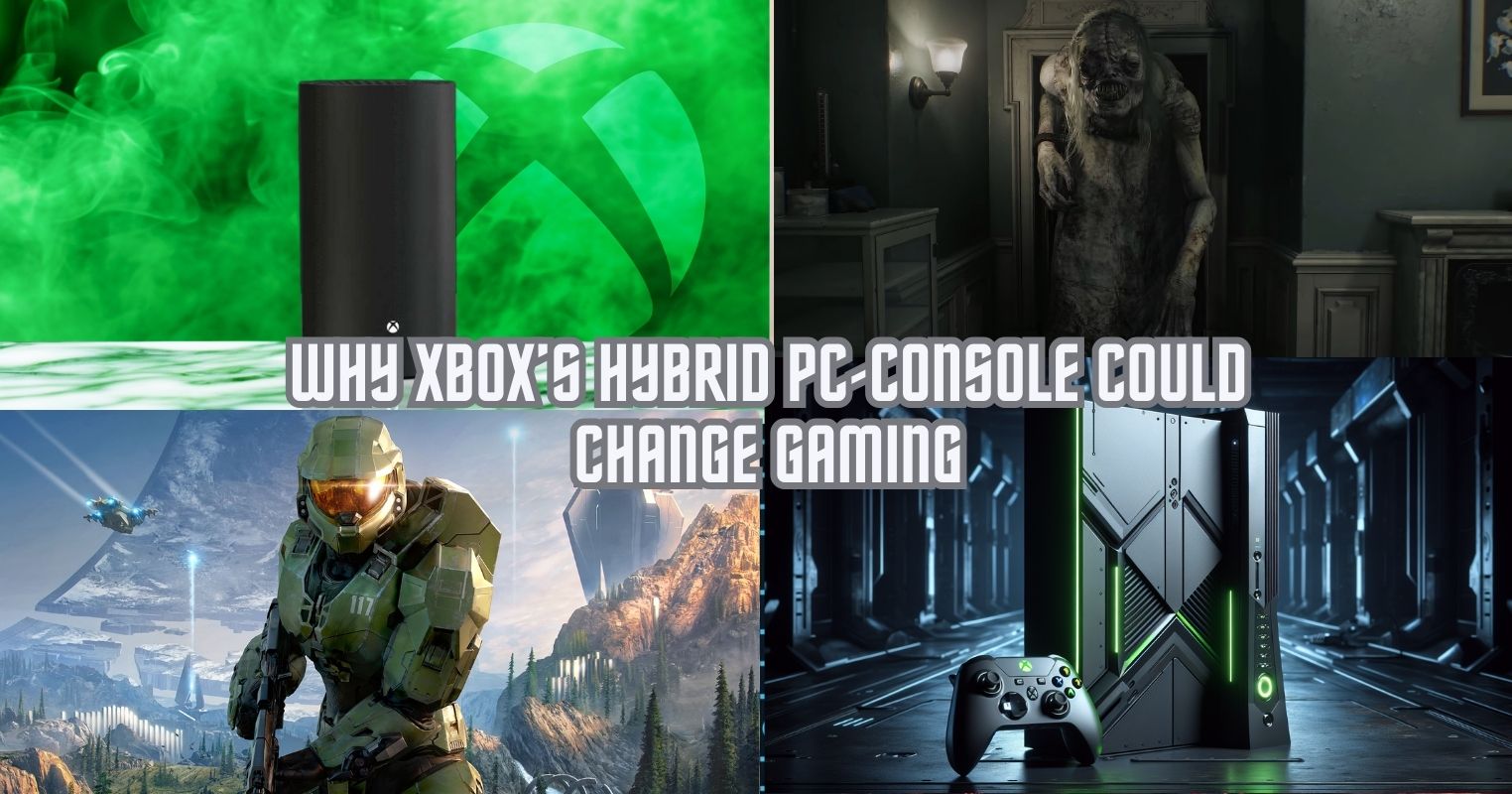Game development is no longer limited to developers fluent in C++ or Unity veterans with years of experience. With the rise of no-code game development tools, a new generation of creators is stepping up, and many of them aren’t traditional developers at all. They’re gamers. Platforms like Construct 3 are unlocking the ability to build games without writing code, inviting players to become creators. Whether you’re a longtime RPG fan or a teen building on Roblox, no-code tools are your path to game development. Platforms like Godot and Roblox are now letting players’ imaginations run wild. At their core, no-code game tools let users design, build, and publish games through visual interfaces without needing to learn programming. Instead of trying your luck with coding, you’re dragging and dropping logic blocks, customizing assets, and connecting gameplay systems like puzzle pieces. Tools such as GDevelop, Construct 3, Core, and Roblox Studio are at the forefront of this movement. These tools empower creators to build everything from 2D platformers to multiplayer experiences.
What Exactly Are No-Code Game Tools?
Why More Gamers Are Becoming Game Creators
The shift is being driven by more than just accessibility; it’s driven by passion. Gamers have a deep understanding of what makes a game fun. Whether it’s balancing difficulty, crafting engaging stories, or designing immersive worlds, many players are already thinking like designers and imagining how the game could be better.
Now, they pretty much have the tools to bring those ideas to life. Imagine a Minecraft player using Block Bench to design custom models or a high schooler crafting an original RPG in RPG Maker. In Roblox, young players are creating games enjoyed by millions. This alone shows that every player can be a developer. These tools make the leap from player to creator feel natural.
Unlocking Creativity through Simplicity
What makes these platforms so powerful isn’t just ease of use, it’s the way they encourage Creativity. By removing the steep technical learning curve, they open the door for experimentation and exploration.
Hobbyists are prototyping ideas in Construct 3 within minutes. Many platforms come with built-in templates, tutorials, and asset libraries to get creators started. These spaces offer environments for creative growth, allowing young players to use their imagination to create something truly worth remembering. Games such as Wandering Cat, made by solo developers, are now becoming a niche enjoyed by many.
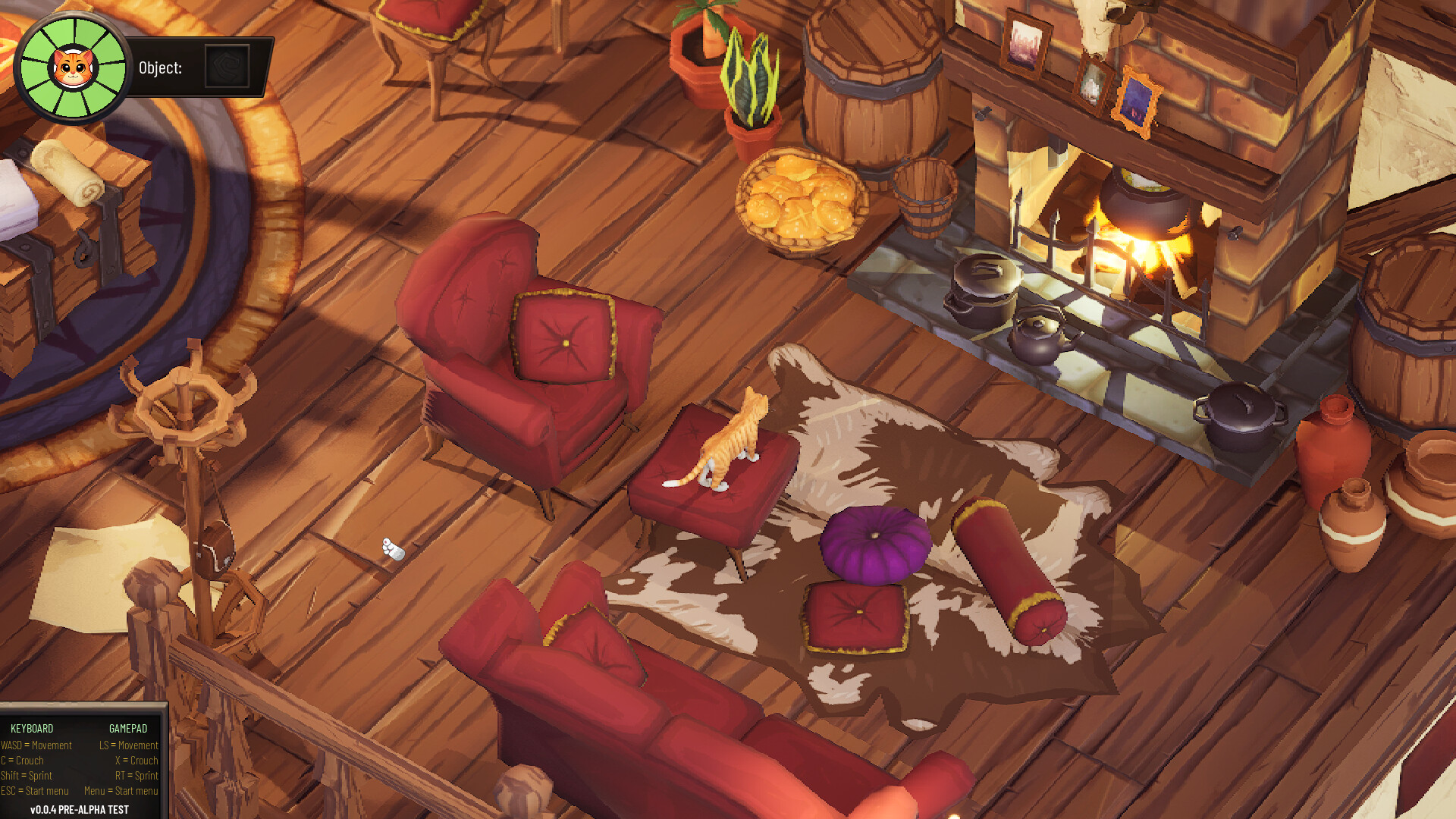
Building Games and Careers
What started as a creative outlet is now becoming a legitimate career path for many. Platforms like Roblox and Core offer creators the ability to earn real income through game sales, in-game purchases, and user engagement. What this means is that you can now earn through creating games without ever learning how to code.
The no-code movement aligns perfectly with the rise of the creator economy, where digital artists, influencers, and developers can make a living independently. For some, this means pocket money. For others, it’s a full-time job or the launchpad for an indie studio.
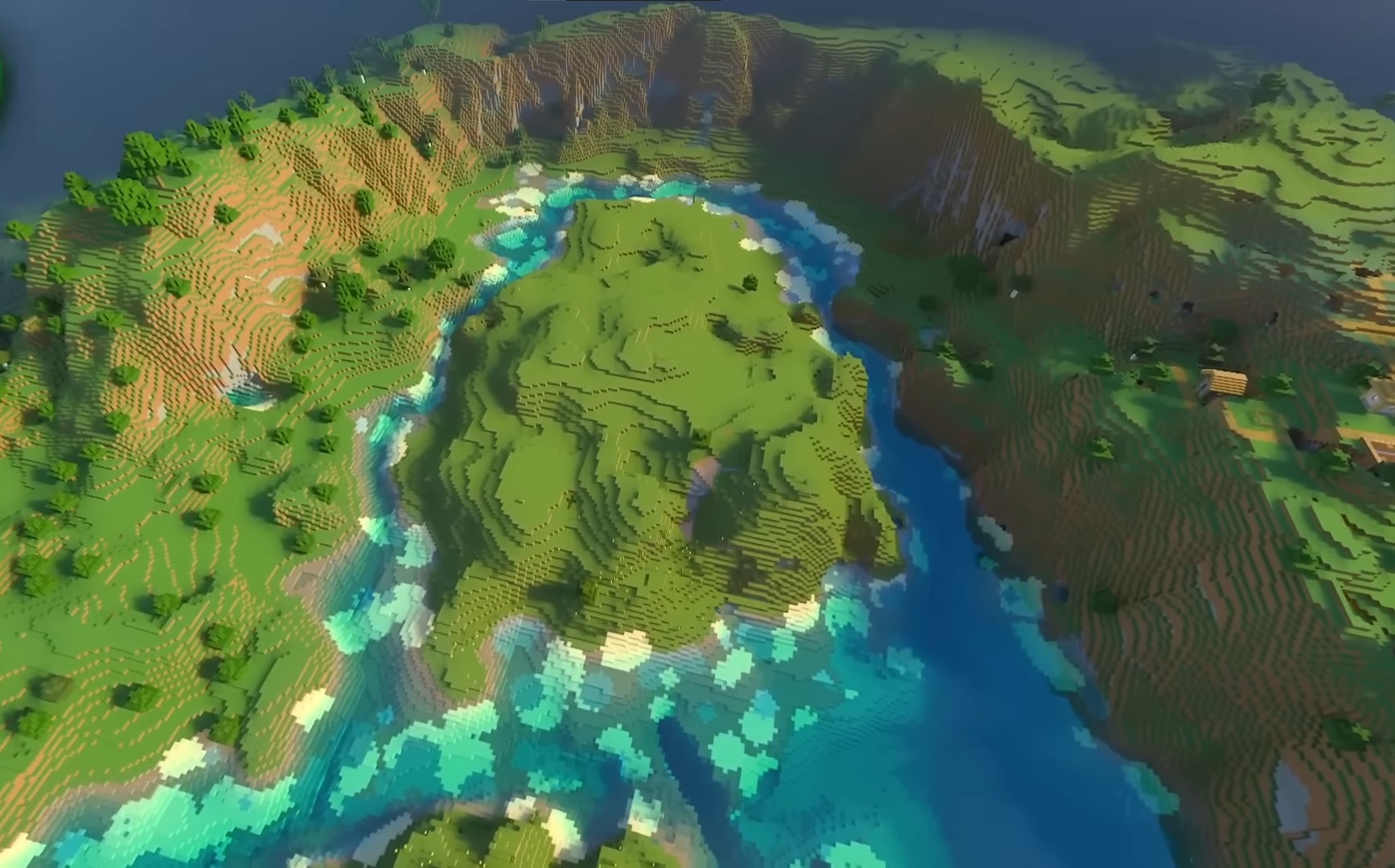
How AI Is Taking No-Code Even Further
Artificial Intelligence is also starting to play a role in reshaping no-code development. We’re seeing early integrations that make the process even more intuitive, like natural language prompts that generate logic or AI tools that auto-create game assets or animations.
Unity’s Muse, for example, lets developers type a description such as “create a boss that chases the player” and then builds that behavior automatically. While still in processing, AI-assisted tools are expanding what no-code creators can accomplish with just an idea and a sentence.
A Glimpse into the Future of Game Creation
As no-code tools continue to improve, the idea of who can build games is rapidly expanding. Game creation is no longer reserved for coders with years of experience. It’s becoming more inclusive, more community-driven, and more creative.
Thank you! Please share your positive feedback. 🔋
How could we improve this post? Please Help us. 😔
[Comparisons Expert]
Shehryar Khan, a seasoned PC hardware expert, brings over three years of extensive experience and a deep passion for the world of technology. With a love for building PCs and a genuine enthusiasm for exploring the latest advancements in components, his expertise shines through his work and dedication towards this field. Currently, Shehryar is rocking a custom loop setup for his built.
Get In Touch: shehryar@tech4gamers.com



